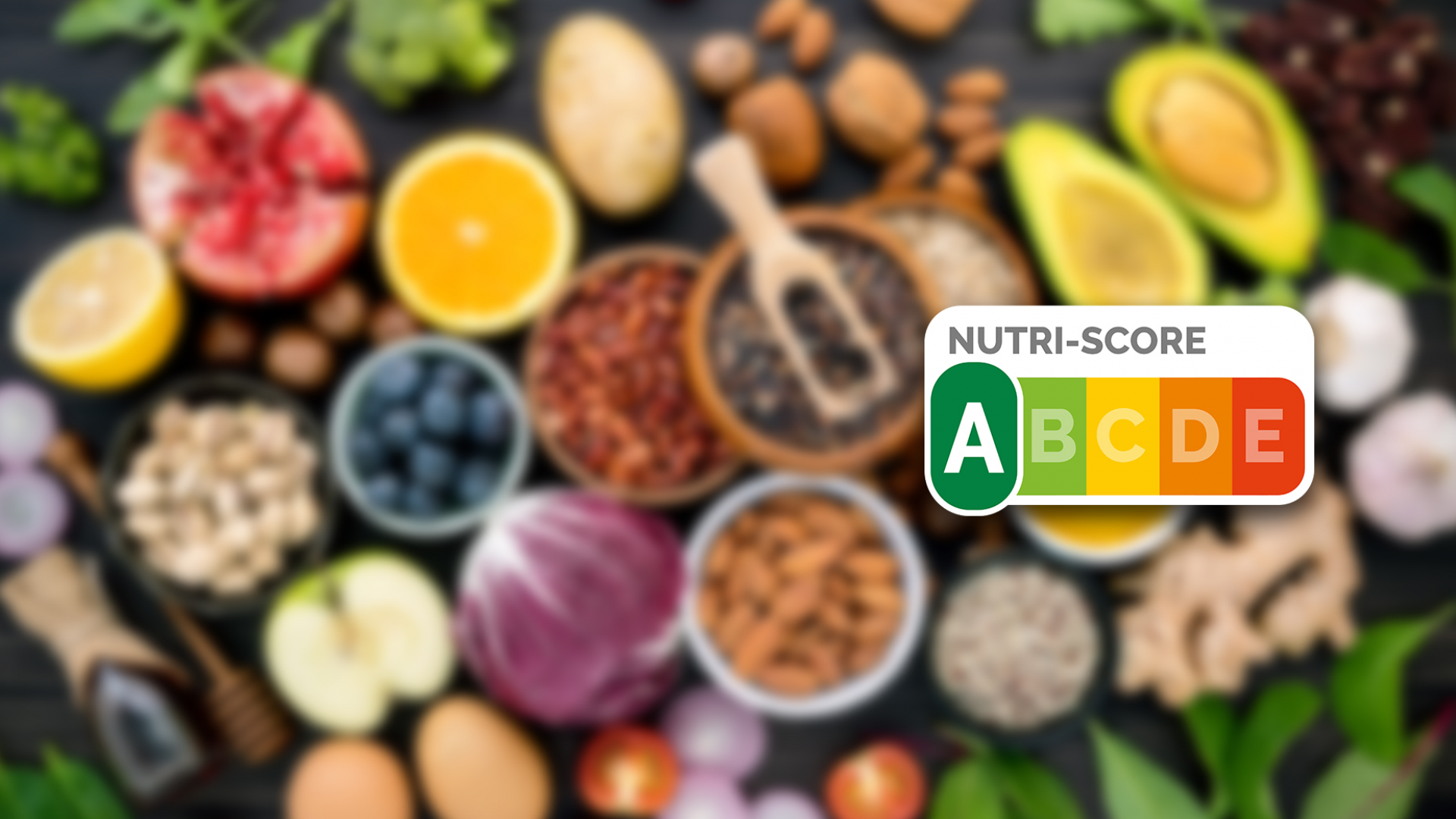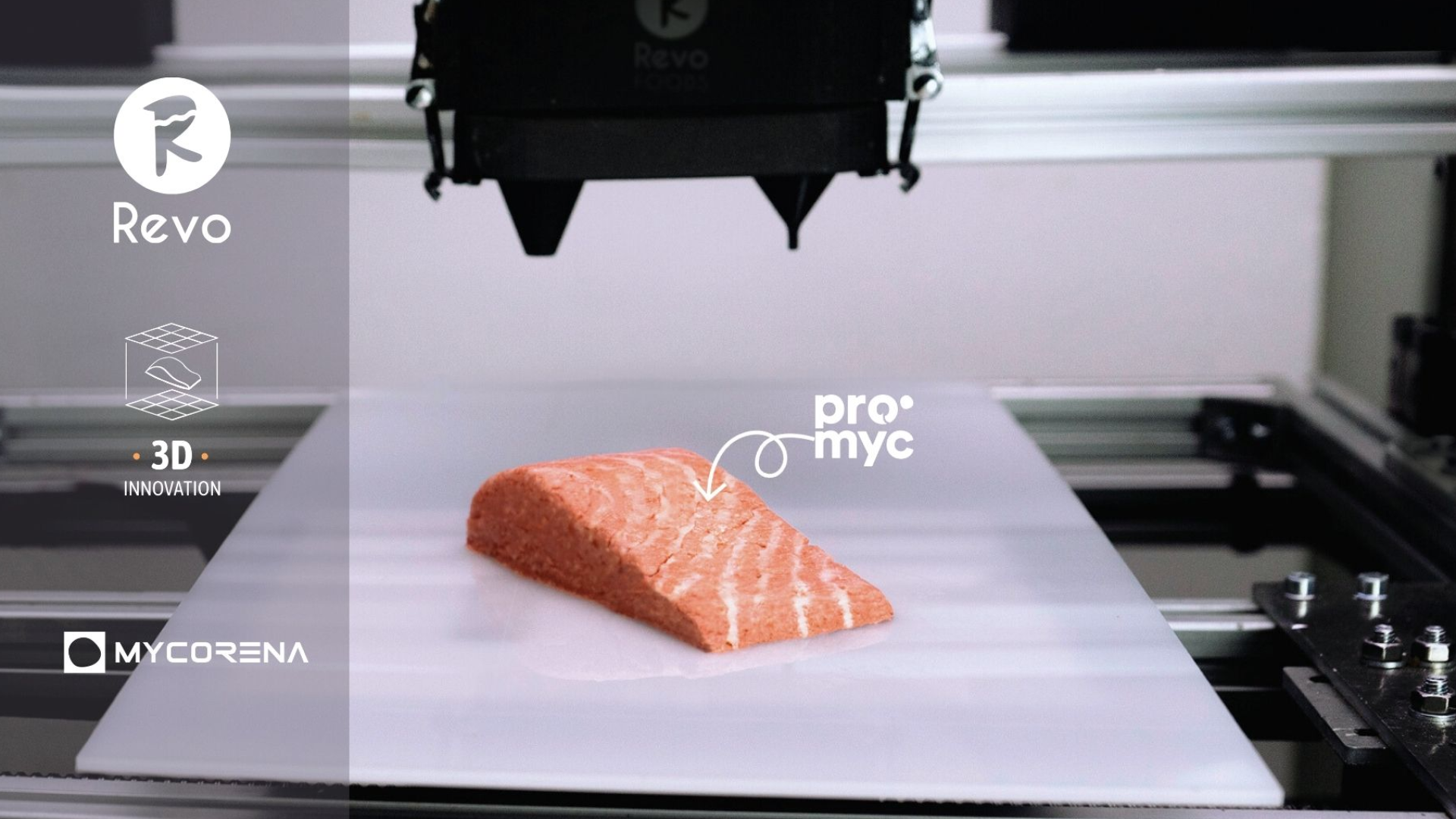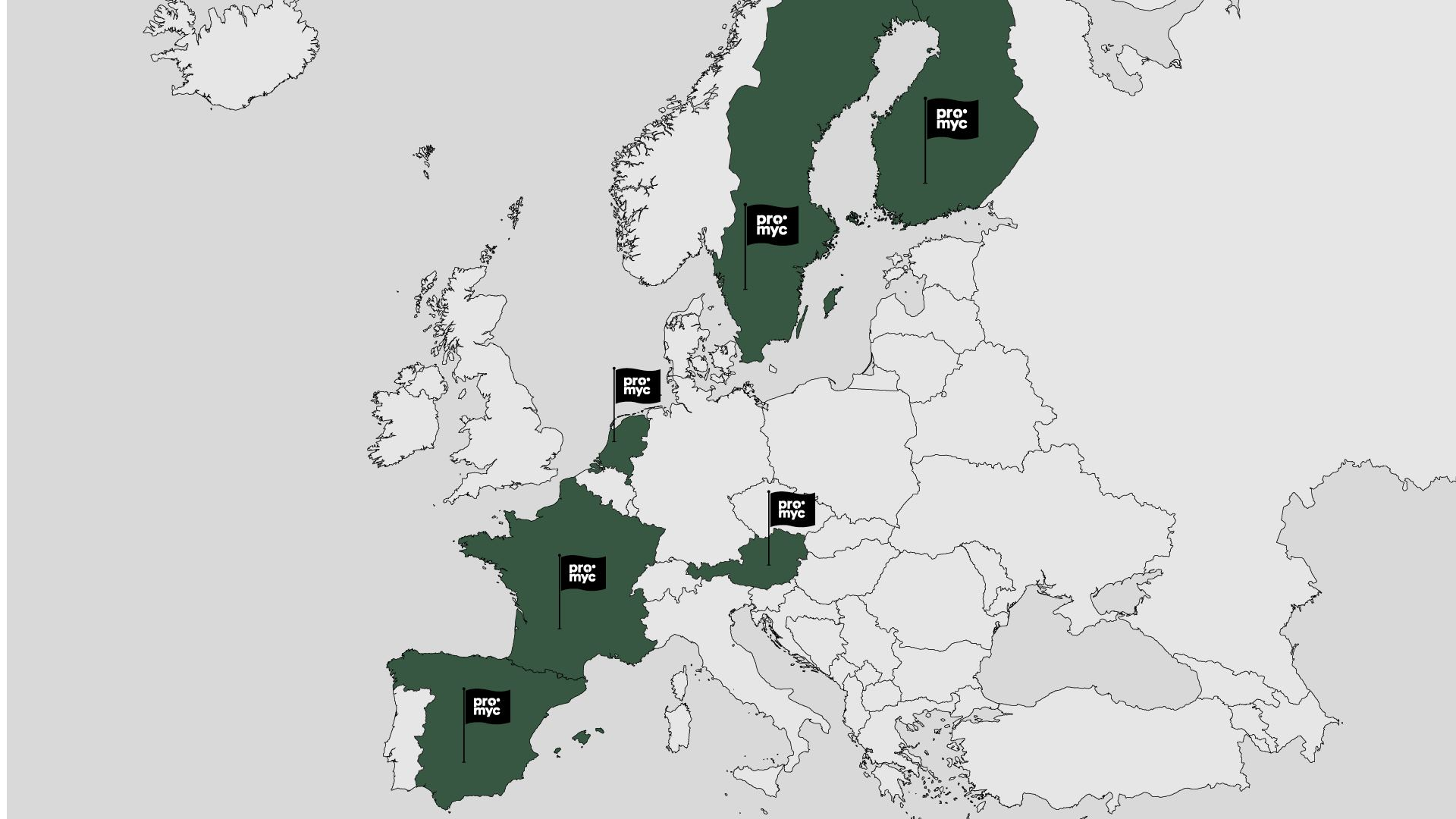What is Nutri-Score?
Nutri-Score is a food labelling system created by the French Ministry of Health, Santé Publique France1. It is a front-of-pack (FOP) nutrition label delivering simplified and holistic information about the nutritional quality of the product to the consumers. Nutri-Score is based on a five-colour scale and associated with letters from A indicating food products with highest nutritional quality to E indicating food products with the lowest nutritional quality, where A represents the healthiest alternative and E stands for the unhealthier choice.
The Nutri-Score has been officially recommended by health authorities in several European countries including France, Germany, Belgium, Netherlands, Luxembourg, Spain, and Switzerland to facilitate understanding of nutritional information by consumers, which, therefore, help them to make informed decisions on the healthiness of their purchase and easily compare these with different products1.
Advantages of Nutri-Score
In the European Union, the labelling rule establishes the right of consumers to safe food and comprehensive information about the composition and content of the foodstuffs. However, an existing study revealed that a simplified format of nutrition information on the front of the package is more favourable by consumers, especially FOP labelling like Nutri-Score that provide consumers understandable and recognizable information on healthier choices at the first glance2,3.
The introduction of Nutri-Score can also be an incentive for food companies and manufacturers to develop new products and reformulate the existing products to contain more favourable nutrient components, thereby obtaining a better FOP label rating.
All in all, the main objective of Nutri-Score is to provide additional information that allows us to make more informed and healthier food choices within a product category, which also leads more food businesses to formulate products towards healthier options.
How is the Nutri-Score calculated?
The point is calculated based on every 100 grams or 100 mL of the food product by subtracting the total positive points attributed by favourable nutrient components from the total negative points attributed by unfavourable nutrient components. Favourable nutrient components include protein and dietary fibre while sugar, saturated fatty acids, energy, and salt are considered components that should be limited.
The Nutri-Score of Promyc® was shown below based on the calculation on a table provided by Santé Publique France:

With the characteristics of being high in protein content, sugar-free, source of fibre and low in fat content, Promyc® is providing you with another healthier option for food based on filamentous fungi.
Important facts about the introduction of the Nutri-Score
The Nutri-Score is voluntary labelling, which has only been implemented in six EU countries. There are no user fees for the usage right of Nutri-Score while registration for Nutri-Score muse is made through the provided procedure1.
As such, EU-wide acceptance of the use of Nutri-Score is not yet given. There are other FOP nutrition labelling schemes that have already been established in other EU countries, for instance, the Swedish National Food Agency's Keyhole symbol, launched in Sweden in 1989, serves as a Nordic health label for food to help consumers distinguish the healthier options when purchasing food3.
Final note
The Codex Alimentarius Guidelines on nutrition labelling have only provided limited information for using FOP nutrition labelling as a form of 'supplementary nutrition information'5. Nowadays, there are some types of FOP nutrition labelling schemes in place in more than 40 countries throughout the world2. Although some countries introduced FOP nutrition labels either voluntarily or mandatory, it reflects the tendency for countries within close geographical regions to stipulate certain types of nutrition information. Not only will it increase the consumer’s understanding of the nutritional value of food, but also help consumers interpret the nutrient declaration.
Let's improve the recipe and make consumers' shopping baskets healthier!
References
- https://www.santepubliquefrance.fr/en/nutri-score
- https://ec.europa.eu/food/system/files/2020-05/labelling-nutrition_fop-report-2020-207_en.pdf
- https://www.beuc.eu/publications/beuc-x-2019-051_nutri-score_factsheet.pdf
- https://www.livsmedelsverket.se/en/food-and-content/labelling/nyckelhalet
- https://www.fao.org/fao-who-codexalimentarius/sh-proxy/es/?lnk=1&url=https%253A%252F%252Fworkspace.fao.org%252Fsites%252Fcodex%252FStandards%252FCXG%2B2-1985%252FCXG_002e.pdf












